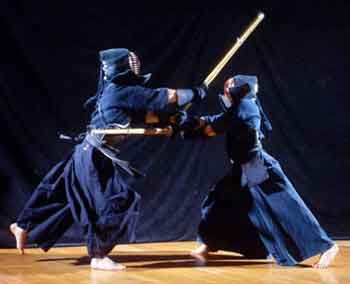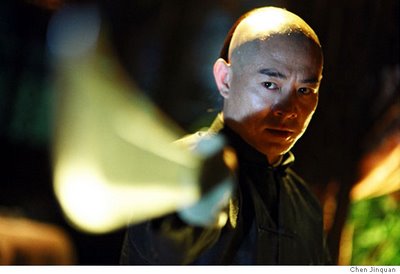
We've covered half of the 36 strategies, before moving ahead, let's review.
The First Group of Six: Stratagems When Commanding Superiority
Strategy 1 - Cross the sea by fooling the sky (Man tian guo hai)
A familiar sight provokes no attention - Chinese Proverb
Secrets Often hide in the open. In fact, the more obvious a situation seems, the more profound the secrets it may hide.
People tend to ignore the familiar. This is the principle behind the stratagem of crossing the sea by fooling the sky.
Strategy 2 -Besiege the kingdom of Wei to save the kingdom of Zhao (Wei wei jiu zhao)
He who knows the art of the direct and indirect approach will b victorious.
Such is the art of maneuvering. - Sun Tzu, The Art of War
Strategy 3 -Kill with a borrowed Kife (Jie dao sha ren)
If you want to do something, make your opponent do it for you. - Chinese Military Principle
Strategy 4 -Relax while the enemy exhausts himself (Yiyi dai lao)
The female overcomes the male with stillness. - Lao Zi, The Way of Power
Strategy 5 -Loot a burning house (Chen huo da jie)
An enemy with troubles at home is ripe for the conquest - Sun Tzu, The Art of War
Strategy 6 -Make a feint to the east while attacking in the west (Sheng dong ji xi)
The commander who knows how to attack makes his enemy not know where to defend - Sun Tzu, The Art of War
The Second Group of Six: Stratagems For Confrontation
Strategy 7 -Create something out of nothing (Wu zhong sheng you)
Everything in the universe is created from something, which in turn is created from nothing - Lao Zi, The Way of Power
Strategy 8 -Pretend to take one path while sneaking down another (An du chen cang)
Attack succeeds where the enemy neglects defense - Sun Tzu, The Art of War
Strategy 9 -Watch the fires burning across the river (Gean guan huo)
A clam was sunbathing with its shell open when a crane came along and pecked at its flesh. The clam snapped shut, catching the crane's long beak. Neither would yeild to the other. Finally a fisherman came by and cought both of them - Chinese Fable
Strategy 10 -Conceal a dagger in a smile (Xiao lo cang dao)
The man with honey on his lips hides murder in his heart - Chinese Saying
Strategy 11 -Sacrifice the plum tree for the peach tree (Li dai tao jiang)
A Peach tree grows beside the well; A plum tree takes root by it side. When worms invade the peach tree's base,
The plum tree is sacrificed - Chinese Folk Song
Strategy 12 -Take the opportunity to pilfer a goat (Shun shou qian yang)
Many grains of sand piled up a pagoda make - Chinese Saying
The Third Group of Six: Stratagems For Attack
Strategy 13 - Beat the grass to startle the snake (Da cao jing she)
One can win without a fight - Sun Tzu, The Art of War
Strategy 14 -Raise a corpse from the dead (Jei shi huan hun)
If you lack the proper title, people won't listen to you; and if they don't isten , your orders won't be carried out - Confucius
Strategy 15 -Lure the tiger out of the mountain (Diao hu li shan)
Good opportunitie are not as important as favorable terrain - Mencius
Strategy 16 -Snag the enemy by letting him off the hook (Yu qin gu zong)
To seize something, one must first thoroughly endow it - Lao Zi, The Way of Power
Strategy 17 -Cast a brick to attract jade (Pao zhuan yin yu)
The kingdom of Jin wanted to attack the kingdom of Chouyou, but there was no direct route. So Jin cast a great bronze bell as a gift for Chouyou. Chouyou biult a road to transport the gift from Jin, and then Jin troops came down the road and conquered Chouyou. - Chinese Tale
Strategy 18 -Catch the ringleader to nab the bandits (Qin Zei qin wang)
Choose a strong one when using bows, Take the long ones when choosing arrows; To shoot people, first fell their steeds, To nab bandits, catch the one who leads - Tang dynasty poet Du Fu
Now we begin the Fourth Group of Six with #19, Steal the firewood from under the cualdron (Fu di chou xin)
To get rid of weeds, dig up the roots; To stop a pot from boiling, withdraw the fuel - Chinese Proverb
When you cannot handle an adversary in a head on confrontation, you can still win by undermining the enemy's resources and morale. The is really a key concept in the theory of strategy.










